Industrial Travel Drive is a driving technology used in various industrial equipment and mechanical systems. It is widely used in automated production lines, cranes, conveyor systems, lifting platforms and other equipment. These equipment usually need to move precisely on a specific track and complete the work task at a specified path and speed. Industrial Travel Drive ensures that these equipment can complete the task smoothly and efficiently by providing the necessary power and precise control.
The working principle of Industrial Travel Drive is usually based on the coordinated operation of motors, gears, bearings and other mechanical components. The motor provides power to the drive system, while the gear system adjusts the speed and output torque to meet the operating requirements of the equipment. Through a reasonably designed transmission system, these drives can effectively control the movement of the equipment and ensure that it moves smoothly on the predetermined path.
In practical applications, the function of Industrial Travel Drive is to accurately control the movement of the equipment. This is crucial for application scenarios that require high-precision positioning and speed control. For example, in an automated production line, the equipment must move precisely along a specific trajectory to avoid errors in the production process and ensure product quality and consistency. At the same time, industrial travel drives can also help control the speed of the equipment, ensuring that it can accelerate or decelerate smoothly, avoiding excessive impact and reducing wear on mechanical parts.
Industrial travel drives can provide sufficient power to support the normal operation of heavy mechanical equipment. In some large cranes or conveying systems, the equipment usually needs to move relatively large loads. The drive system must have a high load-bearing capacity to ensure stable operation under high load conditions. In these working environments, the design of industrial travel drives needs to take into account the durability and load-bearing capacity of mechanical parts to cope with long-term high-load working requirements.
As the demand for high efficiency and energy saving of industrial equipment continues to increase, industrial travel drives also play an important role in improving system efficiency. Efficient drive systems can not only reduce energy consumption, but also reduce the maintenance and repair costs of equipment. By optimizing the performance of the drive system, industrial travel drives help industrial enterprises reduce operating costs while extending the service life of equipment.
The design of industrial travel drives usually takes into account the adaptability to harsh working environments. Many industrial equipment needs to operate in high temperature, high humidity or dusty environments, and traditional drive systems may reduce efficiency or fail due to these environmental factors. Industrial travel drives can maintain high reliability in these environments by using more durable materials and special protective designs, ensuring long-term and stable operation of the equipment.

 ENG
ENG
 English
English русский
русский Español
Español
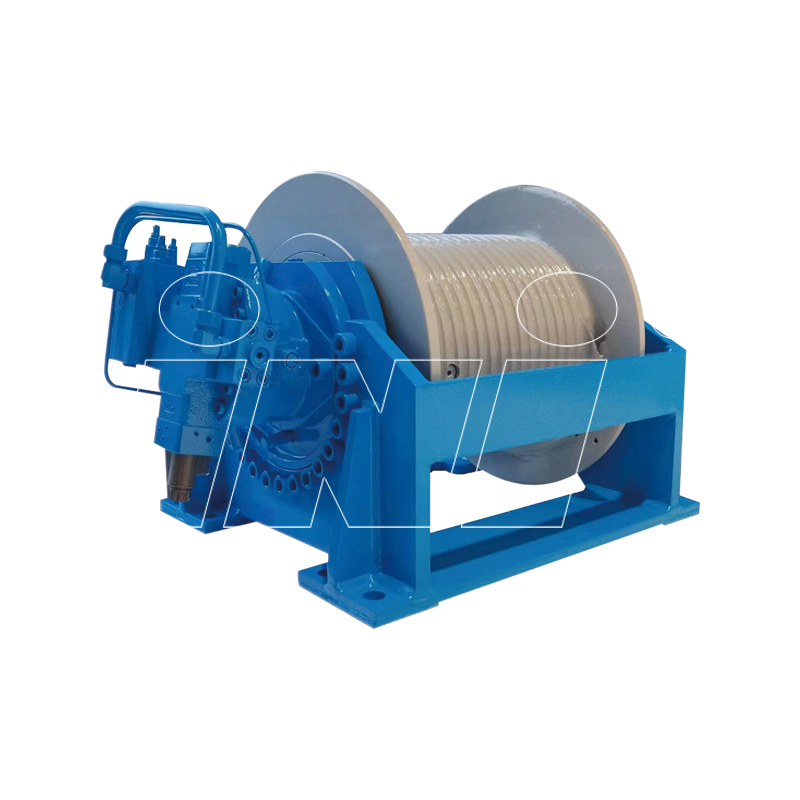
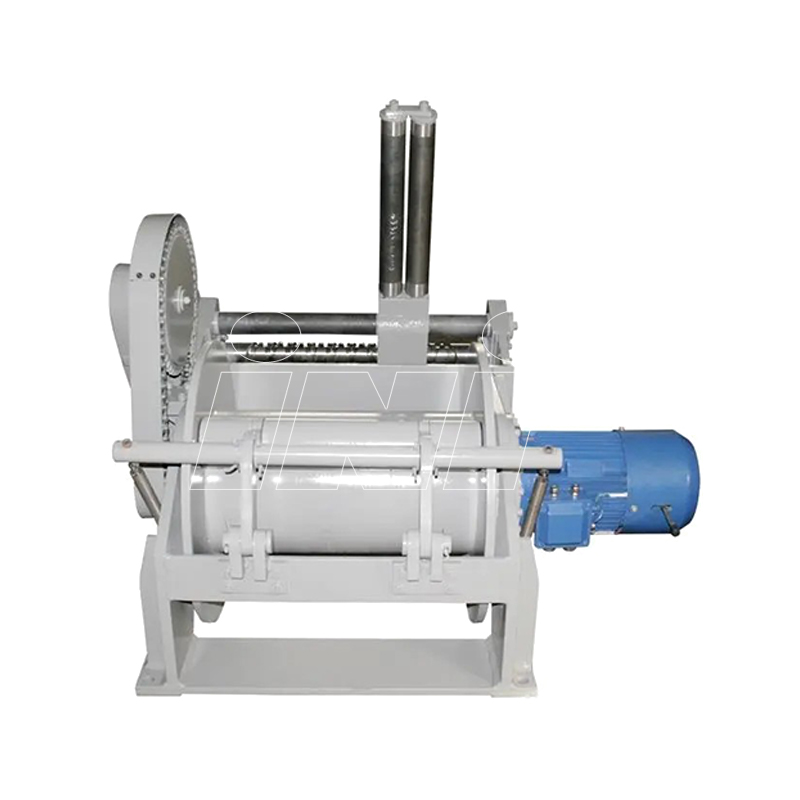
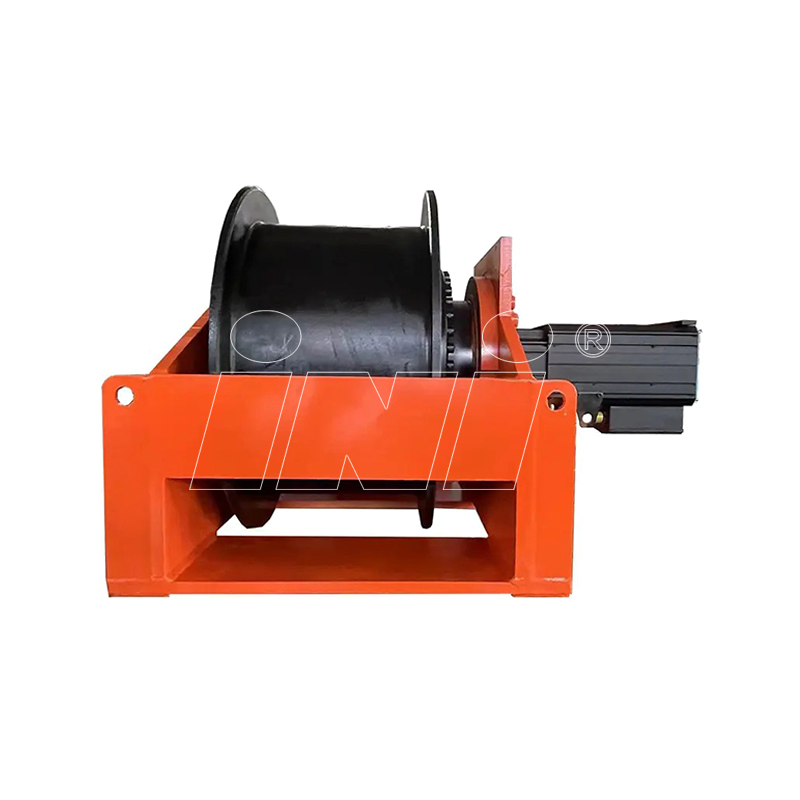

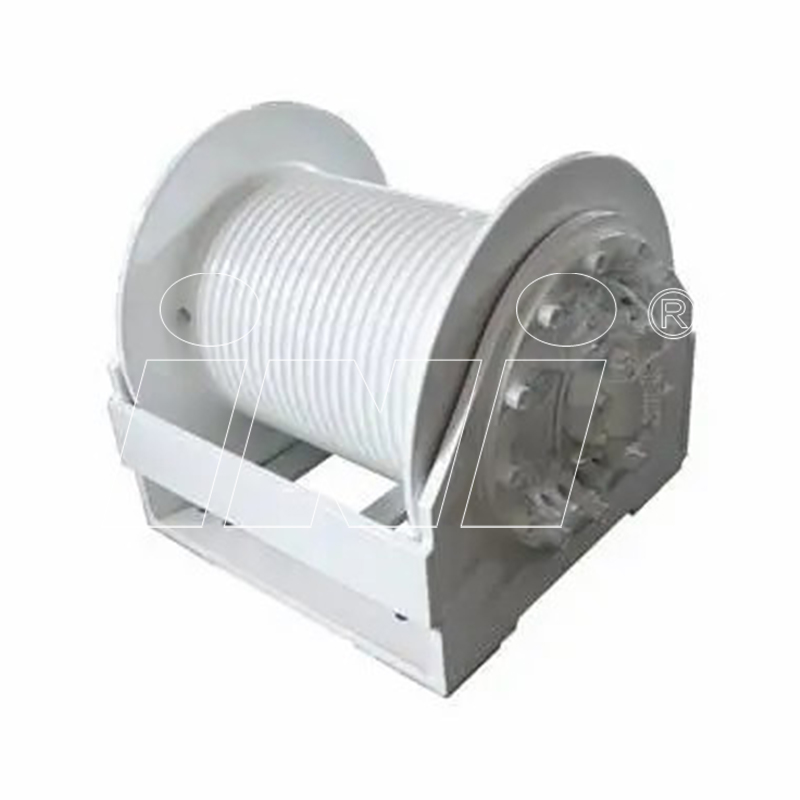
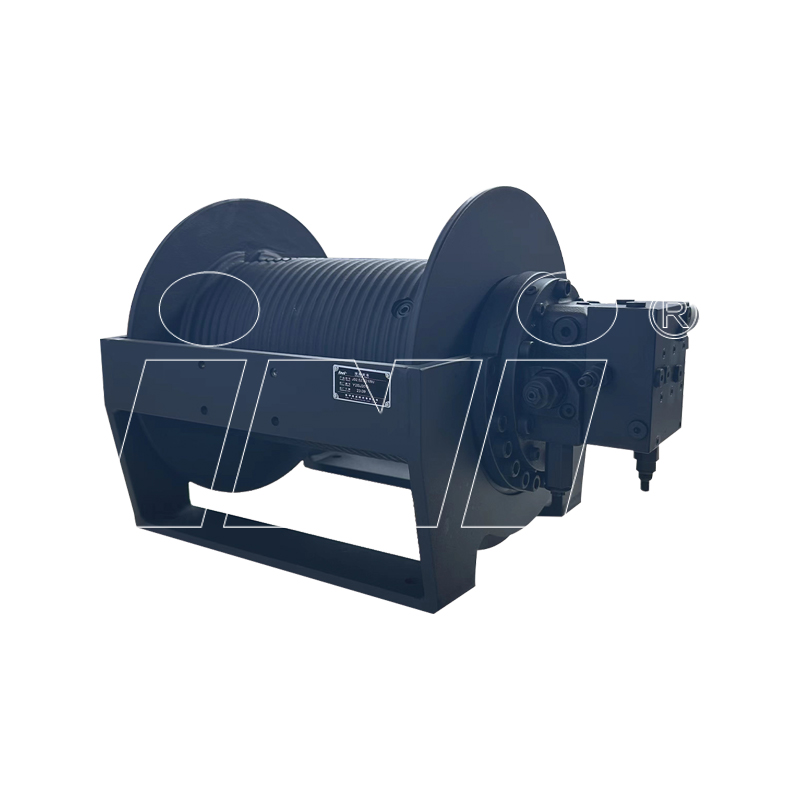
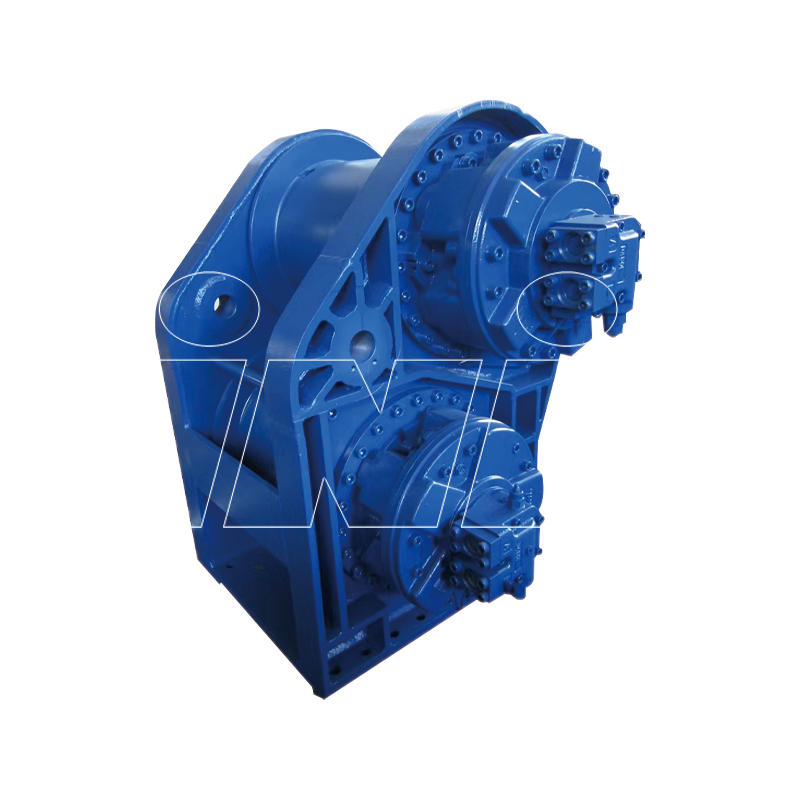

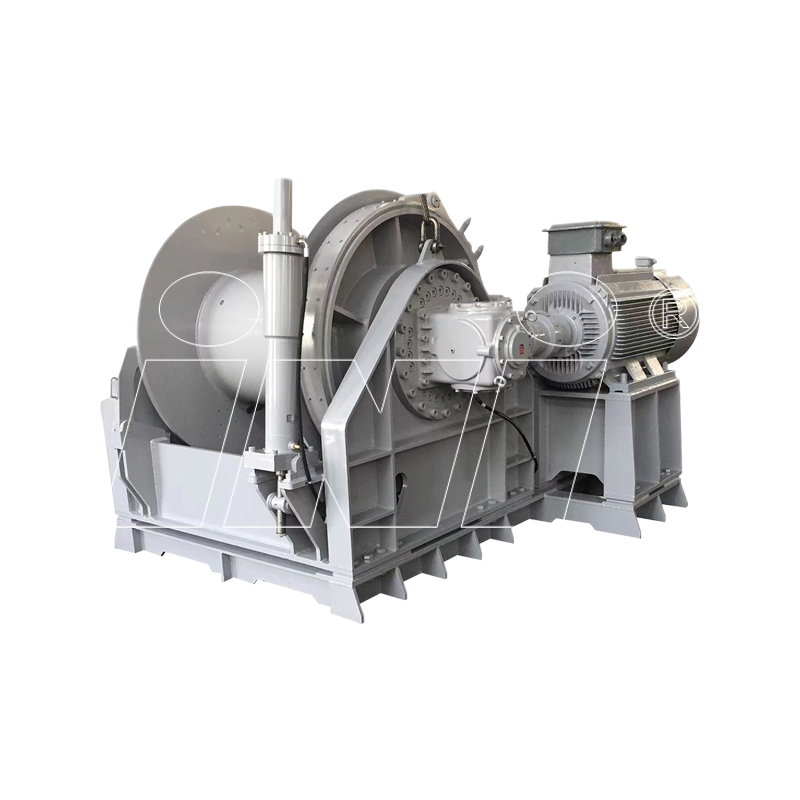

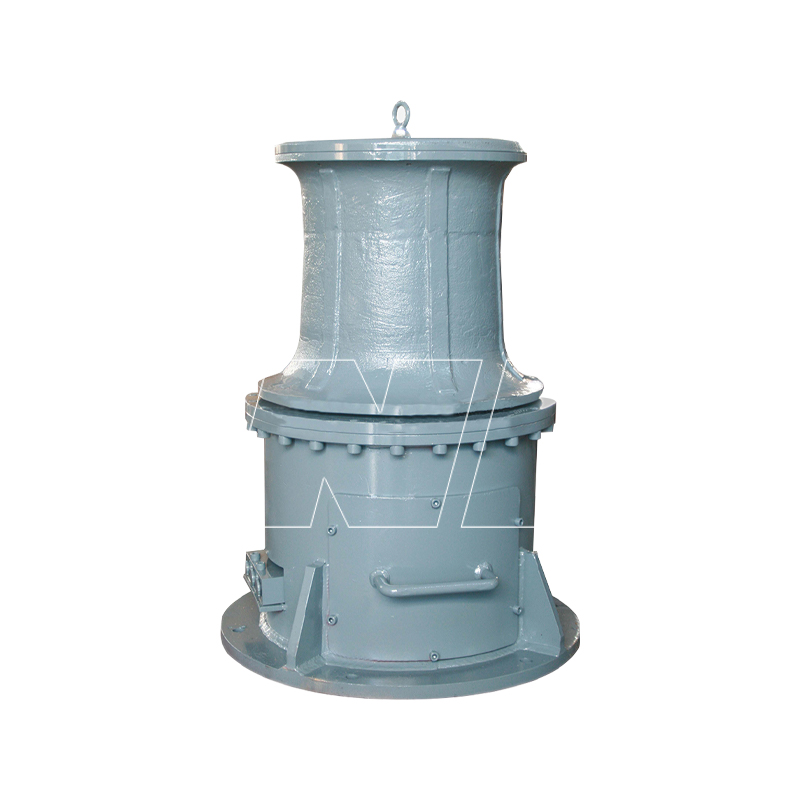

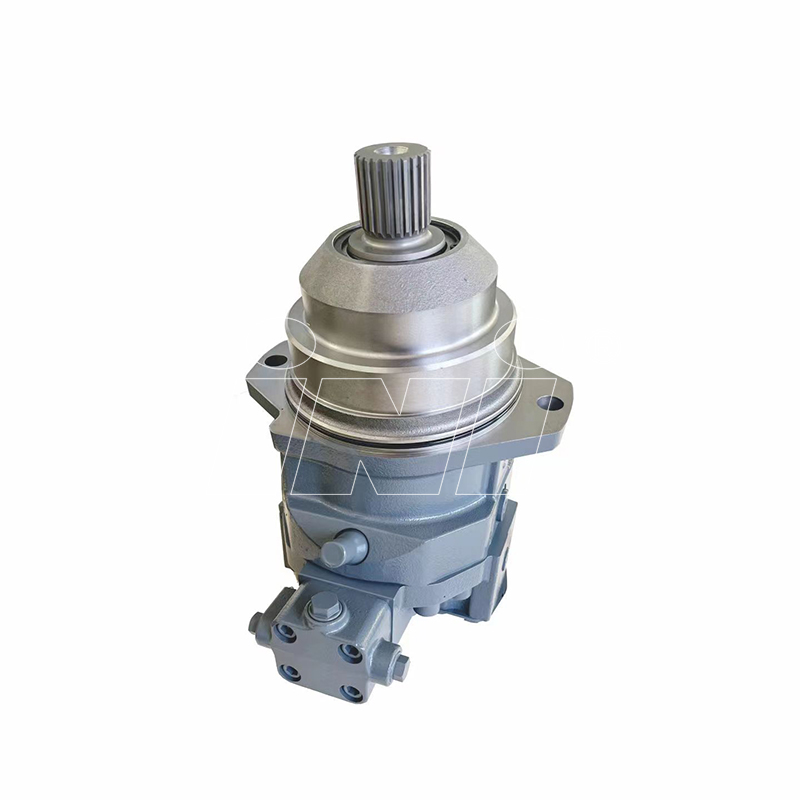

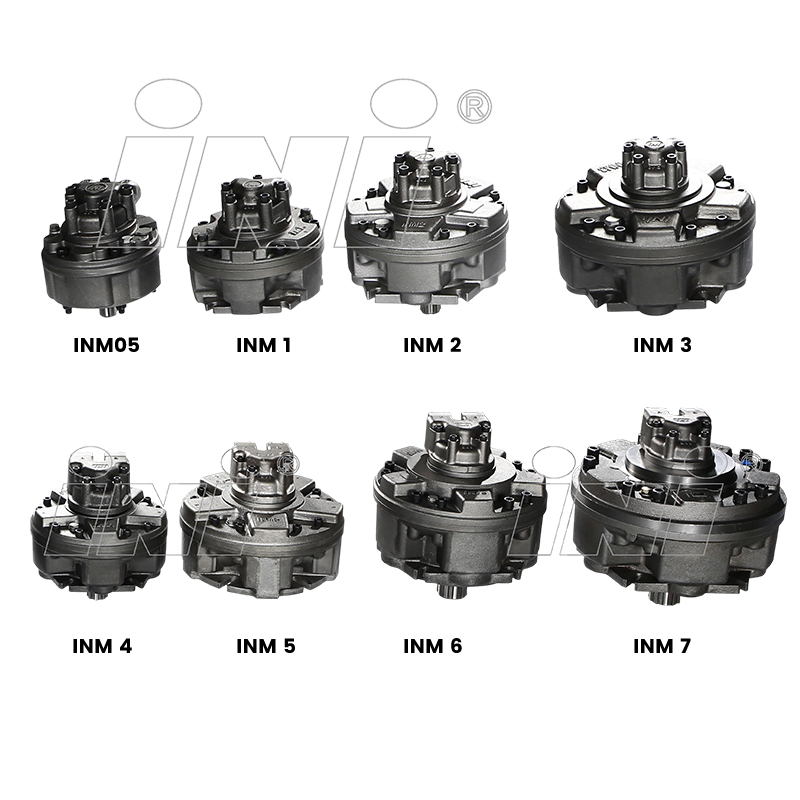

 English
English русский
русский Español
Español
 TOP
TOP